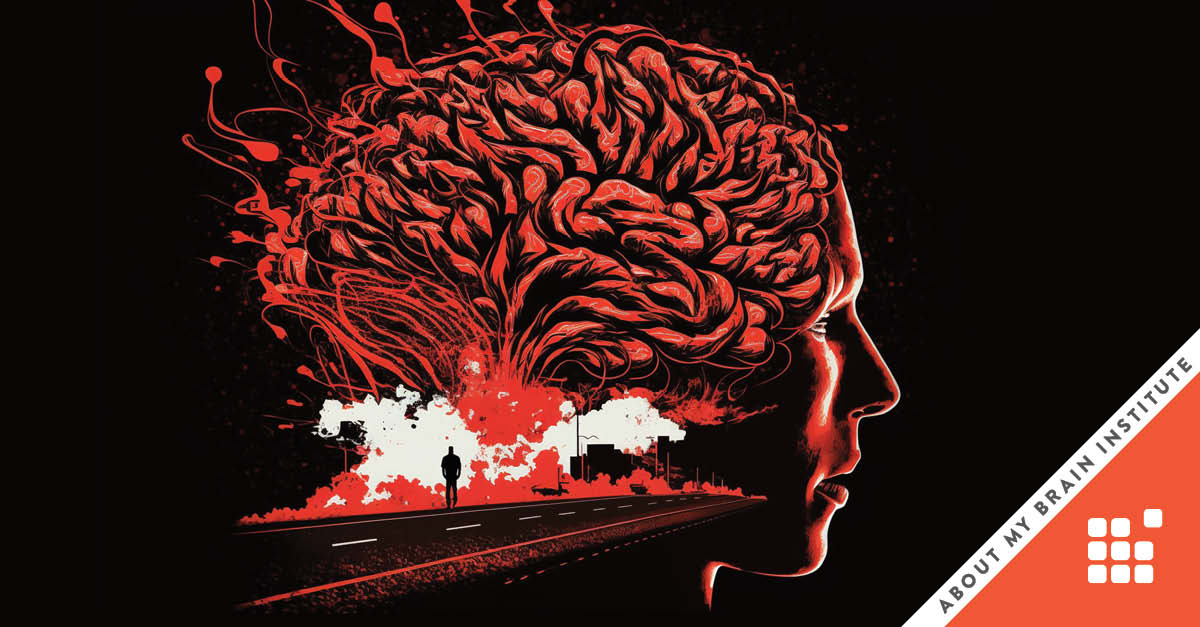Visualization for Personal Growth
Attribute: Strategic

Benefits of Visualization in Everyday Life
Visualization is a powerful tool that allows you to mentally simulate and prepare for various situations, enhancing your ability to navigate challenges and achieve your goals. In this article, we'll explore how visualization can be effectively applied in everyday life, its numerous benefits and strategies to optimize its use. Visualization is the process of creating mental images or scenarios in your mind, often used for problem-solving, goal setting or preparation. It’s about picturing the steps, outcomes and experiences as vividly as possible to mentally rehearse for real-life situations. Visualization is crucial because it reduces anxiety and fosters creativity and strategic thinking. It allows you to mentally practice and prepare for situations before they occur, making you better equipped to handle them when they arise.
- Enhanced Confidence: Regular visualization helps you build confidence by rehearsing successful outcomes. This can be particularly useful in situations like public speaking, difficult conversations or personal challenges.
- Improved Problem-Solving: By simulating different scenarios, you can anticipate potential challenges and develop effective solutions, leading to better problem-solving and strategic thinking.
- Increased Motivation: Visualization can reinforce your goals and boost motivation, as mentally experiencing success can drive you to achieve it in reality.
- Better Communication: Visualizing conversations or interactions allows you to strategize your communication, leading to more effective and positive relationships.
Examples of Visualization in Daily Life:
- Visualizing yourself confidently speaking in public, including your gestures, tone, and audience reactions, to boost confidence and reduce anxiety.
- Mentally simulating different scenarios for personal decisions or goals to anticipate challenges and develop effective solutions.
- Imagining conversations with loved ones or colleagues to strategize communication and responses.
- Visualizing the steps and milestones necessary to achieve a personal goal, such as fitness achievements or creative projects.
- Planning and scheduling your day in your mind to optimize productivity and prioritize tasks.
Keep reading ↓
Keep reading ↓
Newsletter
Assess the Effectiveness of Your Visualizations
Consider these self-reflective questions:
- How regularly do you practice visualization? Do you have a set routine, or do you visualize sporadically?
- What emotions do you experience during and after your visualizations?
- Have you noticed any changes in your behavior or decision-making that align with the outcomes you visualize?
- How has the practice of visualization influenced your real-life actions towards achieving your goals?
These questions are designed to help you evaluate and enhance the quality and impact of your visualization practices, ensuring they effectively support your journey toward your goals.
Keep reading ↓
Effective Visualization
- Clarity: Visualize scenarios with as much detail as possible, including sights, sounds and emotions, to make the mental simulation more vivid and effective.
- Positive Outcome: Focus on positive outcomes and successful resolutions in your visualizations to boost confidence and motivation.
- Repetition: Practice visualization regularly to reinforce mental preparation and adapt to changing circumstances.
Visualization is a valuable tool that can enhance decision-making, problem-solving and goal achievement in various aspects of life. By practicing visualization, you can mentally prepare for different scenarios, reduce anxiety and boost confidence. Remember, visualization is a skill that can be honed and tailored to your specific needs, ultimately contributing to your personal growth and overall well-being.

Explore the Items
Read each article!
Supporting content
Mental Readiness Articles
Check out the latest blogs to learn more about this topic!

Learning To Be Calm: The Neuroscience Behind Workplace Stress

Impulse Control In Leadership

How Energy & Vitality Enhance Your Performance
Bibliography
This article has been inspired by the following sources:
- Globokar, L. (2020). The power of visualization and how to use it. Forbes. https://www.forbes.com/sites/lidijaglobokar/2020/03/05/the-power-of-visualization-and-how-to-use-it/?sh=722da0a26497
- American Journal of Nursing. (1998). The benefits of visualization. American Journal of Nursing, 98(12), 25.
- https://journals.lww.com/ajnonline/Citation/1998/98120/The_Benefits_of_VISUALIZATION__Research_suggests.25.aspx
- Damiano, S. (2019). Preparing ourselves for high performance. About My Brain Institute. https://www.aboutmybrain.com/blog/preparing-ourselves-for-high-performance

